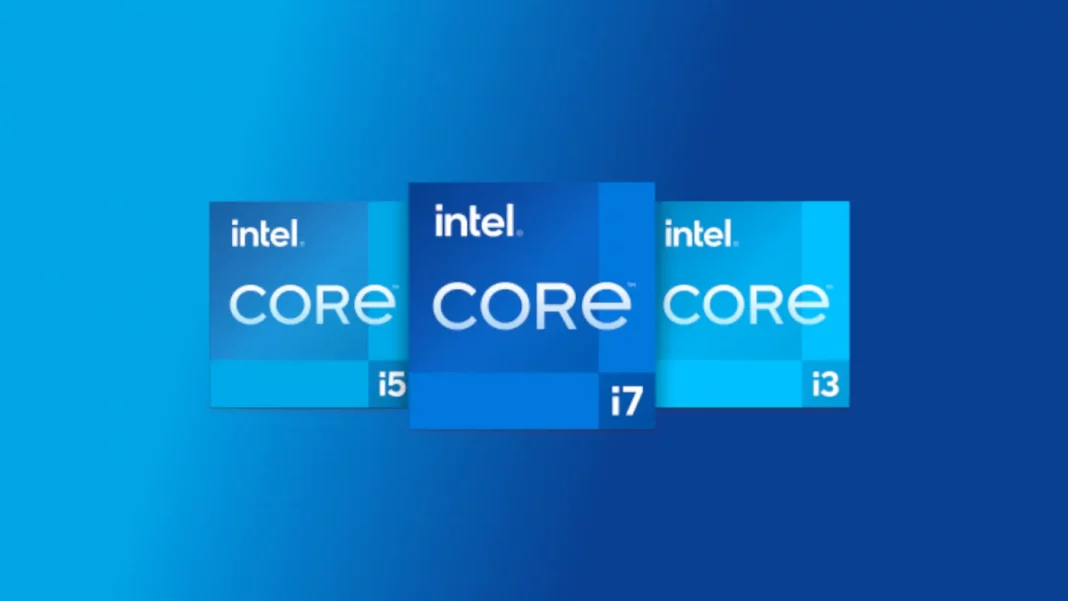Intel is known for segmenting its processors by generations, with respective codenames typically ending in “Lake” for chips in common use. Considering that the company often changes motherboard sockets, that certain upgrades are only available for certain chip families, and that some features are limited to certain generations, it is important to know which one your processor belongs to.
In case you don’t know, the process to find out is simple, just look at the name of your CPU, a characteristic that can be discovered in different ways, via software or even physically.
Check your CPU name
The naming system of Intel processors is not extremely complicated, but requires attention due to the many variations that it suffers in desktops and notebooks. Regardless of the device, however, the first two digits of the model number always represent the generation to which the observed chip belongs — it is worth noting that the 9th generation and previous families are represented only by the first digit. Below are some examples:
Want to stay on top of the best tech news of the day? Access and subscribe to our new youtube channel, Kenyannews News. Every day a summary of the main news from the tech world for you!
- Core i7 6700K — 6th generation
- Core i7 7700HQ — 7th generation
- Core i7 8750H — 8th generation
- Core i3 9100F — 9th generation
- Core i7 1065G7 — 10th generation
- Core i5 1135G7 — 11th generation
- Core i9 12900HK — 12th generation
The following digits represent the chip’s placement in Intel’s performance hierarchy, something that can be seen by looking at the Core i5 12650H and Core i5 12500H chips. Both belong to the 12th generation Alder Lake, for having the 12 at the beginning of the number, but the 12650H is more powerful than the 12500H, for having a higher number.
Checking the processor name
There are three simple ways to check the processor name to check which generation the component belongs to: looking directly on the chip (in the case of desktop CPUs), looking for the name on the box (desktop) or even directly in the operating system.
name in box
If your processor is intended for desktops and you still have the box, the label positioned on one of the sides brings all the most important information about the chip. In addition to the name, by which it is possible to check the generation, the operating speed, the amount of cache, the socket in which the CPU must be installed, the serial number and more are also present.
More recent models also already have the generation number on the front of the package, as in the following example, which shows the box of the Core i9 12900K, part of the 12th generation of Intel processors.
Name on chip
Still in the case of desktop models, the metallic surface of the processor itself also has the name and several important information of the component. Generally, chips carry four lines of information, the first two of which have the chip’s name and model number.
In the example, we have a 7th generation Core i7 7700K and, as explained, the first line of the inscriptions has the name (Intel Core i7), while the second details the model number of the CPU in question, in this case i7 7700K.
Name in operating system
If you have a notebook, thus having access to the chip almost impossible without proper precautions, or you don’t have the box anymore, you can check the names and other processor information directly from the operating system. Each of the three main systems on the market has a different way of searching for this information.
Windows
Windows users have two methods to check CPU details — in the first one, just press the Windows key, type “system” and then select the “System Information” option. In the window that opens, look for the “Processor” line, which contains information such as the chip’s name and model number, speed, number of cores and threads, and more.
The second is even simpler, requiring just right-clicking on the Start Menu icon, clicking on the “System” option in the list of options, and then searching for the “Processor” line. As with the other method, the name and model number of the chip, as well as the operating speed of the component, will be listed.
macOS
macOS users can check the complete Mac settings by going to the Apple menu and clicking “About This Mac”, but the window that opens does not detail the name of the chip, only its settings. To find out which processor the device uses, open the Terminal app and enter the following command:
sysctl -a | grep machdep.cpu.brand_stringThe console will return the full name of the processor in addition to the base clock. In the example, the machine is equipped with a 4th generation Core i5 4260U, with a base clock of 1.4 GHz.
Linux
A considerable number of Linux distributions list the complete computer settings, including the processor, in the “About System” section of the settings menu, but there is a specific command that can be run in the terminal to find only CPU information. To run it, copy the following line and run it:
lscpu | | grep "Nome do modelo"You can also replace the snippet “Model name” with “Model name” if your computer is in English. Similar to macOS, the system will return the full CPU name and base operating speed of the component. In the example, we see the 6th generation Core i7 6700K with a base clock of 4.0 GHz.
